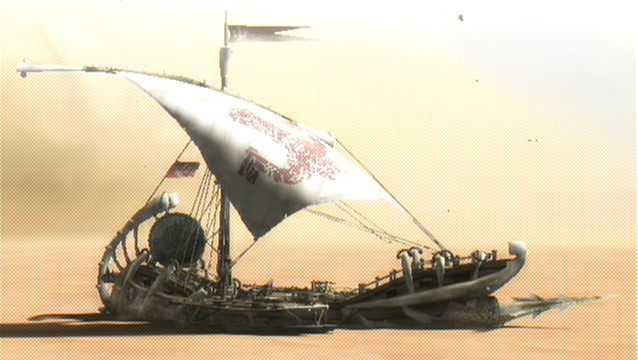Mars Rover Gone Quiet
Discussion
It looks like the rover "Spirit" has put itself into "sleep" mode in an effort to weather a massive dust storm which is affecting its location. At the moment, NASA cannot contact it due to the fact that it has powered itself down.
https://spaceflightnow.com/2018/06/13/huge-dust-st...
https://spaceflightnow.com/2018/06/13/huge-dust-st...
Simpo Two said:
Eric Mc said:
What is largely unknown is what provides the additional energy the atmosphere needs to kick up these storms.
But the atmosphere is so thin it wouldn't take nearly as much energy for the same windspeed as it does on Earth.Why does the Rover need to shut down when it's a bit windy?
With light levels plummeting, power drops - so the rover goes into safe mode.
NASA is hopeful that it will wake up once the sky clears and the dust on the panels gets blown off.
Curiosity shouldn't have any issues like this because it is not a solar powered rover. Dust can cause other problems, however, like getting into equipment or causing joints and bearings to seize.
B17NNS said:
Perhaps. There's a bit more work to be done before it can be confirmed.We have known there is water on Mars for over 30 years. However, what is interesting here is that the water may be in liquid form rather than water ice.
Beati Dogu said:
It's probably not liquid for very long and only in certain areas.
The air pressure on Mars is so low (about 0.6% of Earth's at sea level) that water boils at only 10 °C
Although it's usually very cold on Mars, it can get up to a balmy 20°C at the equator in summer.
It's under 1 mile of water ice. The air pressure on Mars is so low (about 0.6% of Earth's at sea level) that water boils at only 10 °C
Although it's usually very cold on Mars, it can get up to a balmy 20°C at the equator in summer.
I think we should use the other thread to discuss this and keep this one for Mars Rovers.
Well over 40 years. The Voyager designs were essentially frozen around 1973 or so. They were built in 1975/76 and launched in 1977.
The good thing is that the onboard computers were capable of being reprogrammed over the life of the spacecraft - so that means it is still possible to communicate with them and extract data from their transmissions.
The good thing is that the onboard computers were capable of being reprogrammed over the life of the spacecraft - so that means it is still possible to communicate with them and extract data from their transmissions.
NASA also has reservations about launching plutonium isotope (RTG - Radio Thermal Generator) powered space craft and will only use that technology if they think it is the only correct one for the mission.
The very first successful Mars landers, Vikings 1 and 2, both used plutonium as their power source but that was because back at the time they were being designed and developed (1970 to 1975) solar panels were not yet deemed efficient enough for use on the surface of Mars. Most of the later Mars landing probes were solar powered, apart from the two large rovers, as stated above, which do indeed use RTGs.
Solar power has come on a lot in the intervening decades and even the Juno probe and JUICE probes (both to Jupiter) are solar powered.
I think some sort of automatic panel cleaning system might be worthwhile installing on future solar powered Mars landers - such as a type of windscreen wiper or air blower. Often, the Martian winds are enough on their own to clear dusty panels.
The very first successful Mars landers, Vikings 1 and 2, both used plutonium as their power source but that was because back at the time they were being designed and developed (1970 to 1975) solar panels were not yet deemed efficient enough for use on the surface of Mars. Most of the later Mars landing probes were solar powered, apart from the two large rovers, as stated above, which do indeed use RTGs.
Solar power has come on a lot in the intervening decades and even the Juno probe and JUICE probes (both to Jupiter) are solar powered.
I think some sort of automatic panel cleaning system might be worthwhile installing on future solar powered Mars landers - such as a type of windscreen wiper or air blower. Often, the Martian winds are enough on their own to clear dusty panels.
Gassing Station | Science! | Top of Page | What's New | My Stuff




